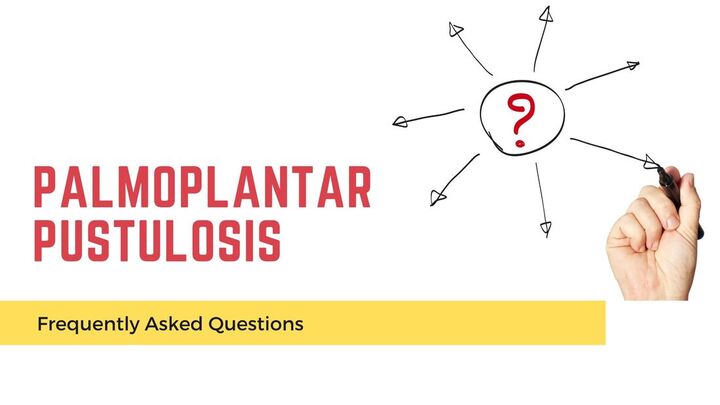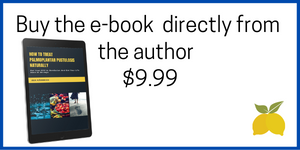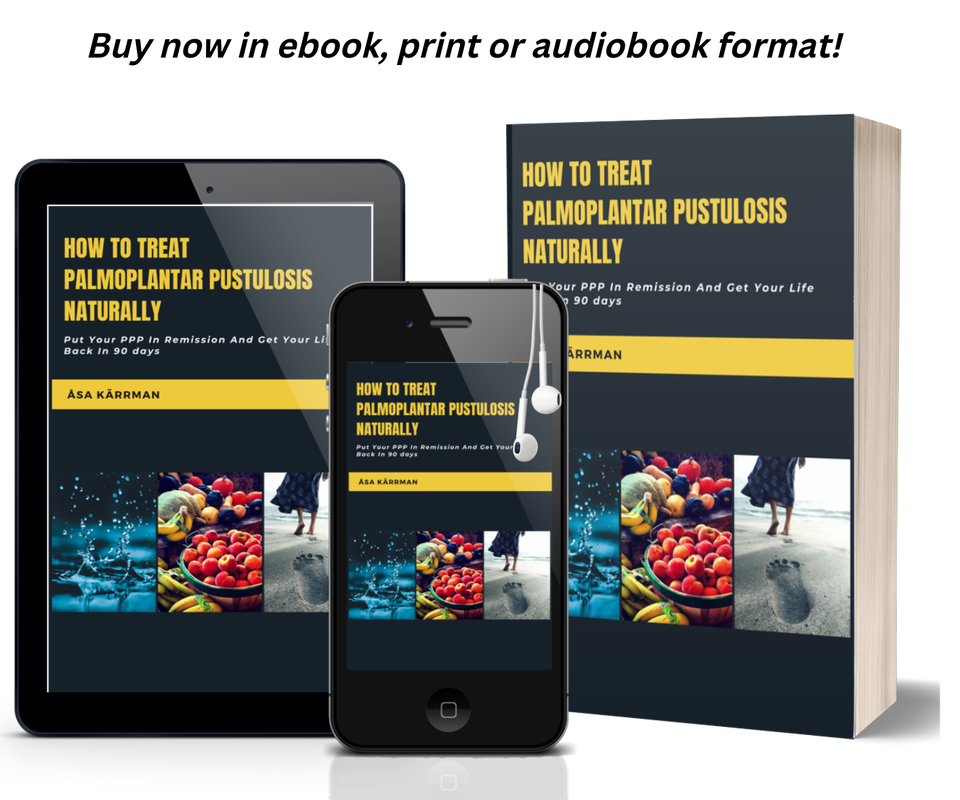Frequently Asked Questions: Palmoplantar Pustulosis
If you want to learn more about what causes PPP, the symptoms, the triggers, the treatments and how to heal naturally, do consider reading my book How To Treat Palmoplantar Pustulosis Naturally, you will find it very helpful. Åsa Kärrman |
|





